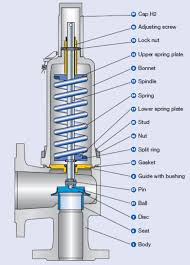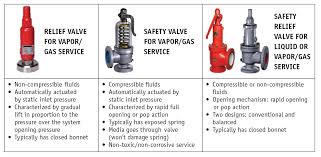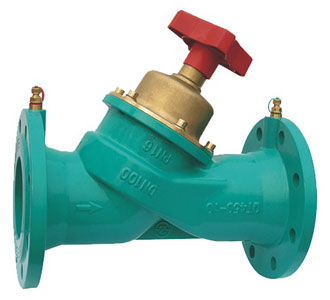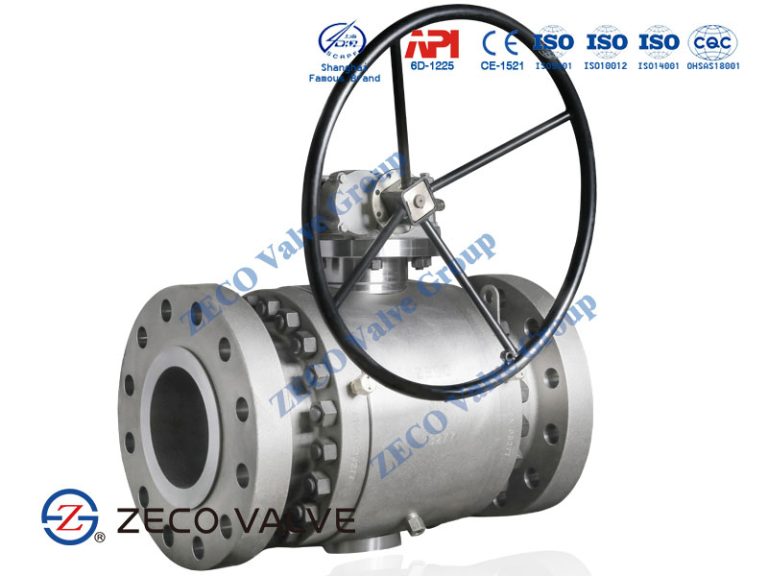Essentials of Valve Packing: Your Handbook for Long-Lasting Sealing Solutions

The Application of Valve Packing
Cameron, a trusted leader in industrial solutions, offers a wide range of valve stem packing solutions for various applications. From the innovative Aladdin EasyFit Isolator Valve and Tools Pack to traditional valve packing rope, our products ensure optimal sealing and performance in valve applications. Valve packing plays a critical role in preventing leaks and maintaining the integrity of valves by creating a secure seal around the valve stem. Whether it’s controlling flow, isolating fluids, or regulating pressure, our high-quality packing in valves ensures reliability and safety in diverse industrial environments. Trust Cameron for durable and effective valve packing solutions that meet your operational needs.
What Is Valve Packing?
Valve packing refers to the material used to create a seal around the valve stem in industrial valves. It prevents leakage of fluid or gas through the valve stem by forming a tight seal. Typically made from materials like PTFE, graphite, or synthetic fibers, valve packing is essential for maintaining the integrity of the valve and ensuring safe and efficient operation in various industries.
What Are The Types Of Valve Packing?
- PTFE Packing: Made from polytetrafluoroethylene, PTFE packing offers excellent chemical resistance and low friction, making it suitable for high-pressure and high-temperature applications.
- Graphite Packing: Graphite packing is reinforced with graphite fibers for enhanced sealing performance and heat resistance. It is often used in applications involving high temperatures and harsh chemicals.
- Aramid Packing: Aramid packing, such as Kevlar®, is known for its exceptional strength and resistance to abrasion and wear. It is commonly used in valves operating under high pressure and high-speed conditions.
- Synthetic Fiber Packing: Synthetic fiber packing materials, such as braided synthetic fibers, offer good sealing properties and flexibility. They are suitable for a wide range of applications and are often cost-effective options.
- Carbon Packing: Carbon packing is impregnated with graphite or other lubricants to improve sealing performance and reduce friction. It is ideal for applications requiring high temperature resistance and minimal maintenance.
Features of Valve Packing
- Sealing: Provides a tight seal around the valve stem, preventing leakage of fluids or gases.
- Temperature Resistance: Offers resistance to high temperatures, ensuring reliable performance in extreme operating conditions.
- Chemical Compatibility: Resistant to corrosion and degradation from a wide range of chemicals, enhancing durability and longevity.
- Low Friction: Reduces friction between the valve stem and packing material, allowing for smooth operation and minimal wear.
- Flexibility: Adaptable to various valve designs and sizes, ensuring compatibility with different valve configurations.
- Ease of Installation: Easy to install and replace, minimizing downtime and maintenance costs.
- Longevity: Durable and long-lasting, providing extended service life and reducing the need for frequent replacements.
- Cost-Effectiveness: Offers cost-effective sealing solutions, balancing performance and affordability for industrial applications.
Advantages of Valve Packing
- Leak Prevention: Effectively seals the valve stem to prevent fluid or gas leakage, ensuring system integrity and safety.
- Temperature Resistance: Withstands high temperatures without compromising sealing performance, making it suitable for a wide range of operating conditions.
- Chemical Compatibility: Resistant to corrosion and degradation from various chemicals, ensuring long-term reliability in diverse environments.
- Versatility: Compatible with different valve types and sizes, offering flexibility in application across various industries.
- Cost-Effectiveness: Provides an economical sealing solution compared to alternatives, reducing overall maintenance and replacement costs.
- Ease of Installation: Simple to install and replace, minimizing downtime and labor costs associated with maintenance activities.
- Longevity: Offers durable sealing performance over an extended service life, reducing the frequency of replacements and associated downtime.

The Different Material of Valve Packing
- PTFE (Polytetrafluoroethylene): Known for its excellent chemical resistance and low friction, PTFE packing is suitable for high-pressure and high-temperature applications. It provides reliable sealing and smooth operation.
- Graphite: Graphite packing is reinforced with graphite fibers for enhanced sealing performance and heat resistance. It is ideal for applications involving high temperatures and harsh chemicals.
- Aramid (e.g., Kevlar®): Aramid packing is renowned for its exceptional strength and resistance to abrasion and wear. It is commonly used in valves operating under high-pressure and high-speed conditions.
- Synthetic Fibers: Synthetic fiber packing materials, such as braided synthetic fibers, offer good sealing properties and flexibility. They are suitable for a wide range of applications and are often cost-effective options.
- Carbon: Carbon packing is impregnated with graphite or other lubricants to improve sealing performance and reduce friction. It is ideal for applications requiring high temperature resistance and minimal maintenance.

